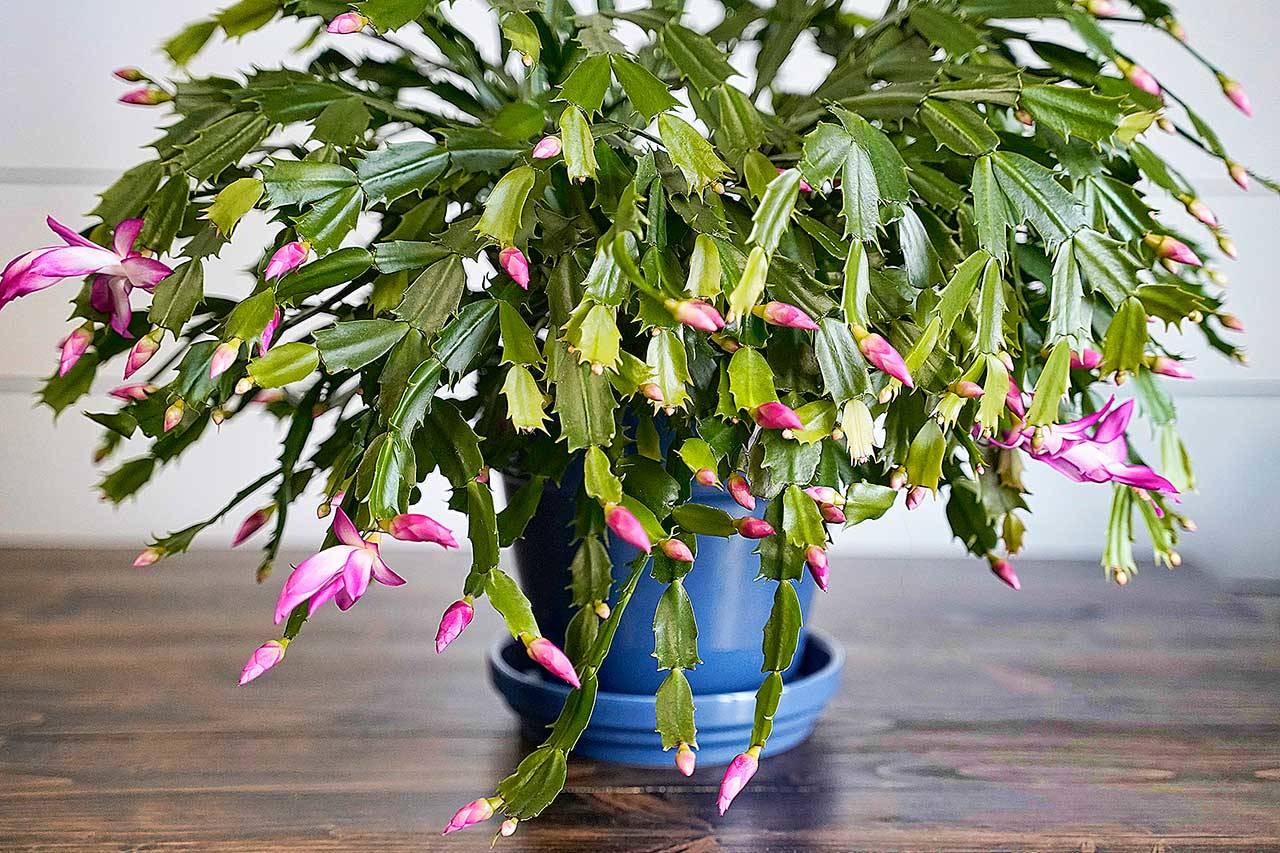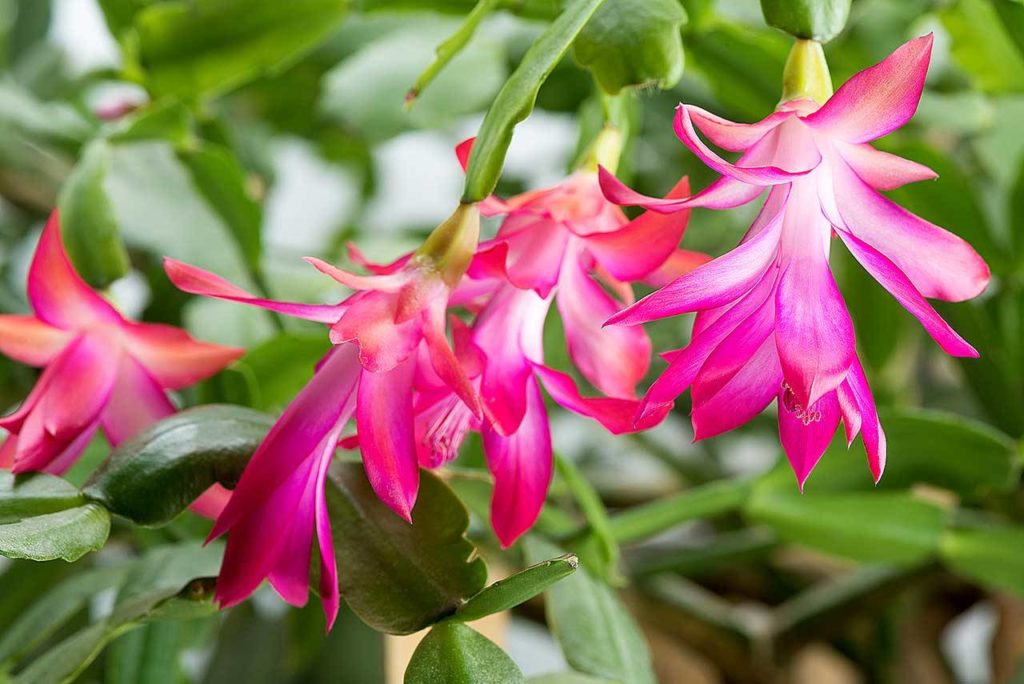My great-great-grandmother died 50 years ago, but her Christmas cactus is proving immortal.
I should know. I have my own cactus grown from a cutting off Great-Great-Grandma’s plant. It might just outlive me — and I’m only 33.
Schlumbergera, known as a Christmas cactus, isn’t really a cactus but a flowering succulent native to the rain forests of Brazil. It is easy to grow and can continue to bloom for a lifetime — or longer. This is the kind of plant that becomes a hand-me-down for generations.
Around 1952, my great-great-grandmother gave her daughter, my great-grandmother, a cutting from the original plant. Great-Grandma later gave her daughter, my grandma, a cutting. Grandma, in turn, gave each daughter-in-law their own cactus as her three sons married. She also gave one to her daughter, who later handed it off to her ex-husband because he’s the one with the green thumb.
“Sometimes I’d have to trim it, and didn’t want to throw it away, so I’d put it in water and pretty soon it’s full of roots, and then you just plant it again,” said my grandma, Dorothy Bruestle, 81. “They’re awfully hardy. A lot of the other (holiday plants) don’t re-bloom or don’t last.”
Continuing the tradition, my mom gave Christmas cacti to my sister and I when we moved out of the family home.
“We have a big family, so as we’re getting great-grandchildren, then these must be great-great-grandflowers,” Grandma joked.
Our cacti, which re-bloom around Christmastime, hence the common name, have lovely bright-pink tropical flowers. But you can also find cultivars of Schlumbergera with white, yellow, orange, red or purple flowers.
Because they bloom at Christmastime they are often potted and sold and bought as holiday gifts.
For example, Houseplants Galore on SW Everett Mall Way ordered about 120 of the plants for December. They have a few left with buds that will likely be flowering by Christmas. You can get a 4-inch plant for $5.99, or an 8-inch plant for $39.99.
“They are one of the most beautiful plants, and we are super lucky to have them in Washington,” said Tracie Robinson, a houseplant specialist at Houseplants Galore. “Because of the lighting changes we have throughout the year here, they can bloom up to three times a year — not just at Christmas.”
Christmas cacti are leafless. Their green stems are composed of segments, which will grow longer and longer as they mature, until they’re hanging from the pot. Flower buds appear at the end of the segments, meaning they, too, hang downward.
Robinson explained to me how to make my Christmas cactus grow more like branches, rather than in long strips: “What they do is they grow one segment at a time — one, and one, and one — and so you get this long strip of cactus. But if you were to twist a segment off, then two would grow in its place. So if you keep twisting off, you get a fuller cactus.
“You can stick the segment (you twisted off) back in the pot, or put it in another pot and start a new plant.”
You can start new Christmas cacti by simply taking stem sections of two or three segments and sticking them in very porous, moist potting soil. You can also start them in water, if you’d like. At least that way, you can watch the roots grow.
“My favorite thing to do with them is make a rainbow (pot),” Robinson said, meaning she takes segments from different-colored flowering cacti and puts them all in the same pot. “You can twist off any of the connections and stick them in the soil. They root super easy.”
I keep mine next to the window. I water it only when the soil is completely dry. The soil should never be soggy.
“When there are buds present, then I just I mist them,” Robinson said. “I don’t water them unless their leaves roll up. If you overwater them, they will drop all of their flowers.”
While the Christmas cactus is grown as a houseplant, you can move it outdoors for the spring and summer. Just keep it in an area that is shaded, especially in the afternoon.
My grandma feeds hers with a diluted water-soluble fertilizer every other time she waters. I don’t fertilize mine, but maybe that’s why it’s still about an 8-inch plant. Next time I visit her, I’ll ask Grandma about the fertilizer.
You can control the bloom period by keeping it in the dark. You also can delay blooming by giving it more light. Once the plant receives at least 12 hours of uninterrupted darkness each day — hello, winter! — buds will start to form. I’ve never tried to control the bloom time, but now I’m tempted to try it.
As I write, my Christmas cactus has three buds. I bet they’ll open just in time for Christmas.
Sara Bruestle: 425-339-3046; sbruestle@heraldnet.com; @sarabruestle.
Talk to us
> Give us your news tips.
> Send us a letter to the editor.
> More Herald contact information.


























